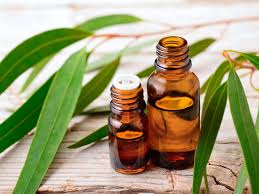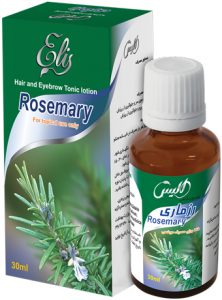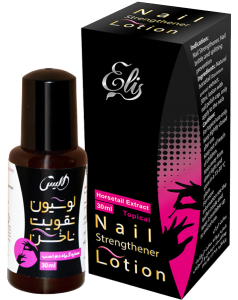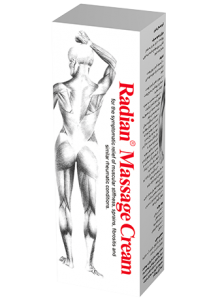Eucalyptus OIL
| Botanical Name | : | Eucalyptus globules |
| Common Method of Extraction | : | Steam Distillation |
| Parts Used | : | Leaves and young twigs |
| Note Classification | : | Top |
| Aroma | : | The oil has a distinctive camphor odor. |
Extraction Process:
Steam distillation process is used for extracting eucalyptus oil from leaves and young twigs of eucalyptus tree.
Chemical Composition:
The eucalyptus oil contains major chemical components as aromadendrene, piperitone, 1,8-cineole (more than 70%), globulol, b-pinene, limonene, terpinen-4-ol, Pellandrene (less than 1.5%) and a-pinene. The oil has an optical rotation of 0.0 to +10.0 degrees.
Essential Oil Information:
Eucalyptus Oil (BP Grade) is extracted and formulated in accordance with the British Pharmacopoeia standards. The oil is extracted from Eucalyptus leaves and twigs. Helps to clear the mind and focus concentration, this essential reduces swelling in the mucus membranes.
The oil has three categories of commercial importance as:
- Medicinal oils with substantial amounts of eucalyptol
- Industrial oils containing terpenes
- Aromatic oils such as E. citriodora
Material Specification:
| Test | Specifications | Results |
| Appearance | Colourless or pale yellow liquid | Complies |
| Odor | Aromatic and camparaceous | Complies |
| Identification | TLC Chromatographic Profile |
Complies Complies |
| Specific Gravity | 0.906 – 0.927 | 0.907 |
| Specific Rotation | 00 to +100 | +6.10 |
| Refractive Index at 200C | 1.458 to 1.470 | 1.460 |
| Solubility | Soluble in 5 volume of ethanol (70%) | Complies |
| Aldehydes | As per standard | Complies |
| Chromatographic Profile | ||
| Alpha pinene | Traces to 9% | 4.5% |
| Beta pinene | < 1.5% | 4.5% |
| Sabinene | < 0.3% | 0.12% |
| Alpha phellandrene | < 1.5% | 0.6% |
| Limonene | Traces to 12% | 9.3% |
| 1,8 cineole | > 70% | 72.2% |
| Camphor | < 0.1% | 0.05% |
| Storage Store in well closed containers, in cool and dry storage area. Temp. 20-250C | ||
Oil Properties:
The oil with BP standards exhibits a very distinctive, sharp and fresh smell. In appearance, the oil is pale yellow in color and viscous in nature.
Eucalyptus Oil / Eucalyptus Citrodora Oil has different uses:
- Cure fever, migraines and malaria with its cooling and deodorizing effect on the body
- For the respiratory tract, it helps with coughs, asthma, throat infections, sinusitis and catarrhal conditions
- It soothes inflammation and eases mucus
- Wound and ulcer healing and soothing skin eruptions
- Useful as a warming oil when used for muscular aches and pains, rheumatoid arthritis, sprains and poor circulation
- In skin care it can be used for burns, blisters, herpes, cuts, wounds, skin infections and insect bites
- It is used in a variety of over the counter drugs including rubs, inhalers, liniments, rash creams, and mouthwashes
- Included in products used as sealers and solvents for root canal filling
- Used as a fragrance in perfumes and cosmetic
- Used in industries for flotation purpose in mining
Therapeutic Properties:
Oil has some therapeutic values in it like balsamic, vulnerary, astringent, analgesic, anti-neuralgic, rubefacient, decongestant, diuretic, expectorant, stimulant, depurative, antiviral, anti-rheumatic, anti-bacterial, anti- bacterial, vermifuge, vermifuge, hypoglycemic and febrifuge.
Blends Well With:
Benzoin, thyme, lavender, lemongrass, lemon and pine
Precautions:
People suffering from high blood pressure and epilepsy problem should avoid the oil. Excessive use of the eucalyptus oil can result in headaches.



